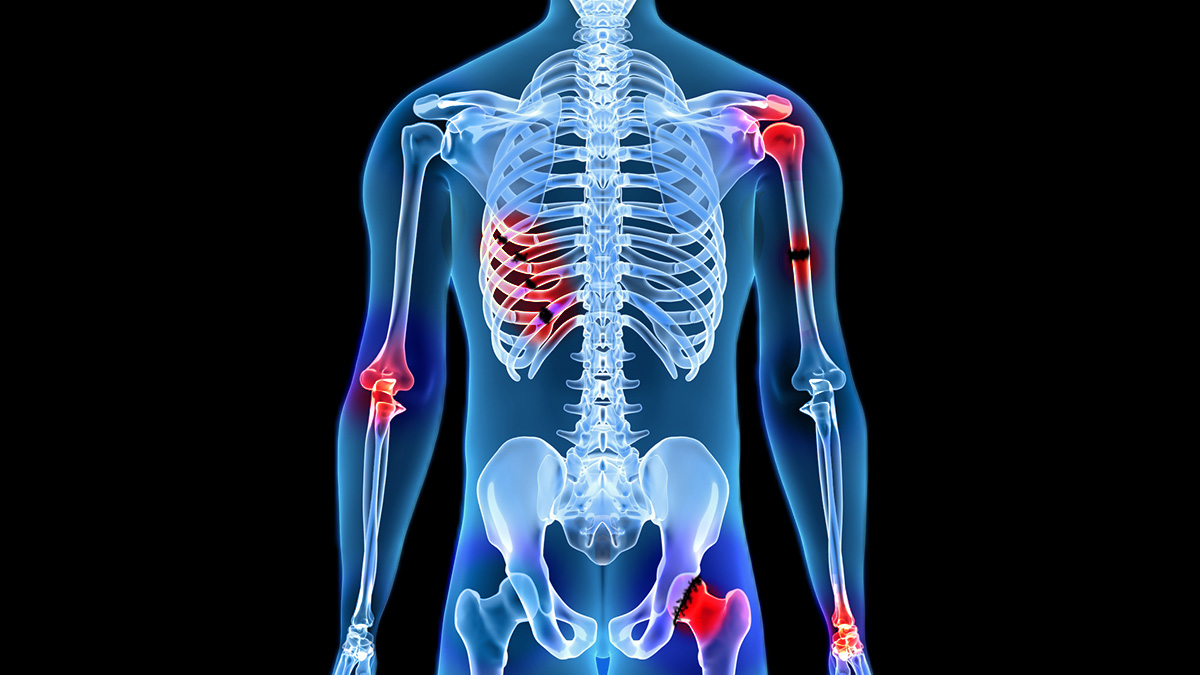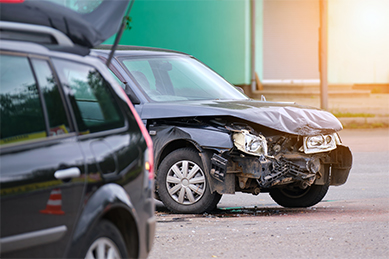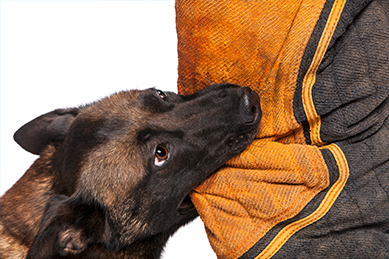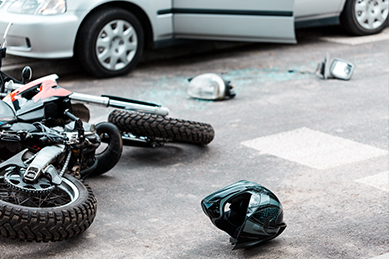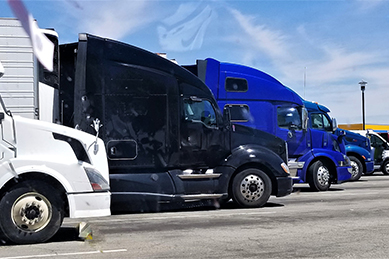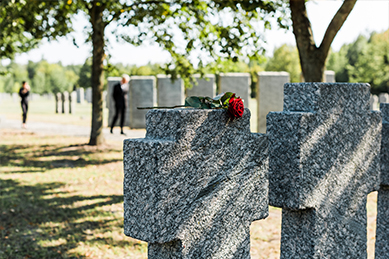An Orlando Personal Injury Lawyer’s Guide
Fractures, or broken bones, are a common injury that can occur at any age. They can be caused by a fall, a car accident, or other trauma. Fractures can be painful and can limit your mobility. In some cases, they can even be life-threatening. There are many different types of fractures.
Types of Bone Fractures
Doctors classify fractures based on a few criteria, including the fracture pattern, cause, and the part of the body where the bone broke.
- Pattern: Oblique, transverse, spiral, comminuted, greenstick, etc.
- Cause: Stress, avulsion, pathologic, etc.
- Location: Arm, leg, hip, pelvis, rib, spine, skull, etc.
- Severity: Open (compound) or closed (simple)
Bone Fracture Patterns
Some fractures are classified by their pattern, which is the shape of the break. For example, a fracture can be:
- Oblique: A diagonal break
- Transverse: A horizontal break
- Spiral: A twisting break
- Comminuted: A fracture with multiple breaks
- Greenstick: A fracture that occurs in the soft bone of a child
Causes of Fractures and Orlando Personal Injury Claims
Other fractures are classified by cause, such as:
- Stress fractures: Caused by repetitive forces
- Avulsion fractures: Occur when a ligament or tendon pulls a piece of bone away from the main bone
- Pathologic fractures: Occur in bones that have been weakened by disease
If your fracture was caused by someone else’s negligence, you may have a valid personal injury claim. Todd Miner Law can help you understand your legal rights and options.
Fracture Locations
Fractures can occur in any bone in the body. Some of the most common types of fractures include:
- Arm fractures: These can occur in the upper arm (humerus), forearm (radius and ulna), or wrist (scaphoid, lunate, triquetral, hamate, capitate)
- Leg fractures: These can occur in the thighbone (femur), shinbone (tibia), or fibula
- Hip fractures: These can occur in the upper part of the femur (femoral neck fracture) or the lower part of the femur (intertrochanteric fracture)
- Pelvic fractures: These can occur in the sacrum, coccyx, or pubic bone
- Rib fractures: These can occur in any of the 12 ribs
- Vertebral fractures: These can occur in any of the 26 vertebrae in the spine
- Skull fractures: These can occur in any of the bones of the skull
Symptoms of Fractures
The symptoms of a fracture can vary depending on the location and severity of the fracture. Some common symptoms include:
- Pain: Intense pain that worsens with movement or pressure.
- Swelling: Noticeable swelling around the affected area.
- Bruising: Discoloration and bruising at the injury site.
- Deformity: Visible deformity or misalignment of the bone.
- Loss of function: Inability to move the affected limb or joint.
If you experience any of these symptoms after an accident, it’s important to seek medical attention immediately.
Diagnosis and Treatment of Bone Fractures
A doctor will typically diagnose a fracture based on a physical exam, medical history, and imaging tests such as X-rays, CT scans, or MRIs. Treatment options may include:
- Immobilization: Casts, splints, or braces are used to immobilize the bone and promote healing.
- Medications: Pain medication and antibiotics may be prescribed to manage pain and prevent infection.
- Surgery: In some cases, surgery may be necessary to realign the bones or insert hardware to stabilize the fracture.
- Physical Therapy: Physical therapy can help you regain strength, flexibility, and range of motion after a fracture.
Prevention of Bone Fractures
There are some things you can do to help prevent fractures, such as:
- Eat a healthy diet: This will help to ensure that your bones are strong and healthy.
- Get regular exercise: This will help to improve your bone density and strength.
- Avoid falls: This is the leading cause of fractures in older adults.
- Take precautions when playing sports: This includes wearing protective gear and avoiding risky activities.
Best Auto Accident Lawyer Near Me
A bone fracture from a car accident or other personal injury in Orlando and Central Florida can shatter more than just bone – it can disrupt your life, impacting your work, your finances, and your overall well-being. The pain, the mounting medical bills, and the loss of income can feel overwhelming. But you’re not alone, and recovery is possible. With proper medical care and strong legal representation, you can rebuild your life and move forward.
If a fractured bone has derailed your life, don’t let insurance companies and legal jargon add to your burden. At Todd Miner Law, our expert Orlando personal injury and car accident attorneys have a proven track record of fighting for our clients. Call Todd Miner Law today at 407-955-5640 or contact us online for a free, no-obligation case evaluation.
Disclaimer: This blog article is for informational purposes only and should not be construed as medical advice. Please consult with a doctor or other qualified healthcare provider for diagnosis and treatment of fractures.
Sources
- American Academy of Orthopaedic Surgeons: https://orthoinfo.aaos.org/en/diseases–conditions/fractures-broken-bones/
- Cleveland Clinic: https://my.clevelandclinic.org/health/diseases/15241-bone-fractures
- Johns Hopkins Medicine: https://www.hopkinsmedicine.org/health/conditions-and-diseases/fractures

